稀土氧化物对ZnO线性电阻性能的影响毕业论文
2020-04-24 11:18:58
摘 要
目前ZnO线性电阻陶瓷的制备的难点在于电阻稳定性差、线性度不好控制,为制备出备出综合性能较好,符合产业化生产要求的ZnO线性电阻,本文参考和分析样品,选取ZnO-MgO-Al2O3-TiO2-SiO2体系作为基础体系,优化配方组成和制备工艺,在配方工艺优良的ZnO线性电阻基础上掺杂适当加入稀土氧化物来减小阻温系数和非线性系数。得出主要结论如下:
添加剂最佳加入方式为添加剂MgO、Al2O3和TiO2先预合成,再和SiO2一起添加到ZnO中混合制备,添加剂最佳煅烧温度范围为1150℃~1200℃。Al2O3含量为9%时,烧结温度在1360℃时,试样烧结最致密,电性能较好,电阻率为:536Ω•cm,非线性系数为1.7,电阻温度系数为-5.4×10-3/℃。添加La2O3,最佳烧结温度为1330℃,La2O3掺杂含量为0.5%时,综合性能较好,电阻率为:215Ω•cm,非线性系数为1.7,电阻温度系数为2.45×10-4/℃。
关键词:ZnO线性电阻;掺杂La2O3;制备工艺;烧结性能;电学性能
Effect of Doped La2O3 on the Properties of ZnO Linear Resistor
Abstract
At present, the difficulty in the preparation of ZnO linear resistance ceramics is the poor resistance stability and poor linearity control. In order to prepare ZnO linear resistors with good comprehensive performance and meeting the requirements of industrial production, this paper refers to and analyzes samples and selects ZnO-MgO-Al2O3-TiO2-SiO2 system is used as the basic system to optimize the formulation composition and preparation process. The rare earth oxide is doped on the basis of the excellent ZnO linear resistance to reduce the temperature resistance coefficient and nonlinear coefficient. The main conclusions are as follows:
The optimum addition method of the additive is that the additive MgO, Al2O3 and TiO2 are pre-synthesized, and then added together with SiO2 to prepare ZnO, and the optimum calcination temperature of the additive ranges from 1150 °C to 1200 °C. When the Al2O3 content is 9%, when the sintering temperature is 1360 °C, the sample is most compact and has good electrical properties. The resistivity is 536 Ω•cm, the nonlinear coefficient is 1.7, and the temperature coefficient of resistance is -5.4×10-3/ °C. When La2O3 is added, the optimum sintering temperature is 1330 °C, and the La2O3 doping content is 0.5%, the overall performance is good, the resistivity is 215 Ω•cm, the nonlinear coefficient is 1.7, and the temperature coefficient of resistance is 2.45×10-4/°C.
Key words: ZnO linear resistance; Doped La2O3; Preparation process; Sintering properties; Electrical propertie
目录
摘 要 …...I
Abstract …………………………..II
第一章 绪 论 1
1.1 ZnO线性电阻研究背景及应用 1
1.2 ZnO线性电阻简介 2
1.2.1 ZnO线性电阻性能参数 2
1.2.2 ZnO线性电阻的掺杂改性 3
1.3 课题的提出和研究内容 5
第二章 实验方法 6
2.1样品制备原料及仪器 6
2.1.1 实验原料 6
2.1.2 实验仪器 6
2.2实验流程 7
2.3性能测试与表征 8
2.3.1烧结性能测试 8
2.3.2 电性能的测试 8
2.3.3 物相分析 9
2.3.4 扫描电镜分析 9
第三章 制备工艺对ZnO线性电阻性能的影响 10
3.1引言 10
3.2添加剂的加入方式和顺序 10
3.3添加剂的煅烧温度 11
3.4 添加不同含量的Al2O3 13
3.5升温速率 19
3.6本章小结 20
第四章 掺杂La2O3对ZnO线性电阻性能的影响 21
4.1引言 21
4.2 结果与讨论 21
4.3 本章小结 24
第五章 结论与展望 25
5.1结论 25
5.2展望 25
参考文献 27
致 谢 29
第一章 绪 论
1.1 ZnO线性电阻研究背景及应用
随着中国经济和电子工业的飞速发展,市场迫切需要一种电阻率稳定,电流密度大,阻温系数小或为正的电阻器产品。因此,人们把目光聚焦在ZnO线性电阻上,它的原料低廉,易生产,通流能量密度大,电阻温度系数小,在300℃工作时电阻率变化波动范围较小。传统ZnO压敏电阻研究历程如表1-1所示,1986年日本日立公司在ZnO压敏电阻的基础上实现了ZnO陶瓷的线性化,并实现了小量的商品化。从那时起,ZnO线性陶瓷电阻器开始工业化生产。与传统的线性电阻相比,ZnO线性陶瓷电阻不易被氧化,高温长时间工作时,电阻率变化范围小,具有小的负电阻温度系数或者正的阻温系数等优良的电学性能。
表1-1 ZnO压敏电阻的研究历程
相关图片展示:
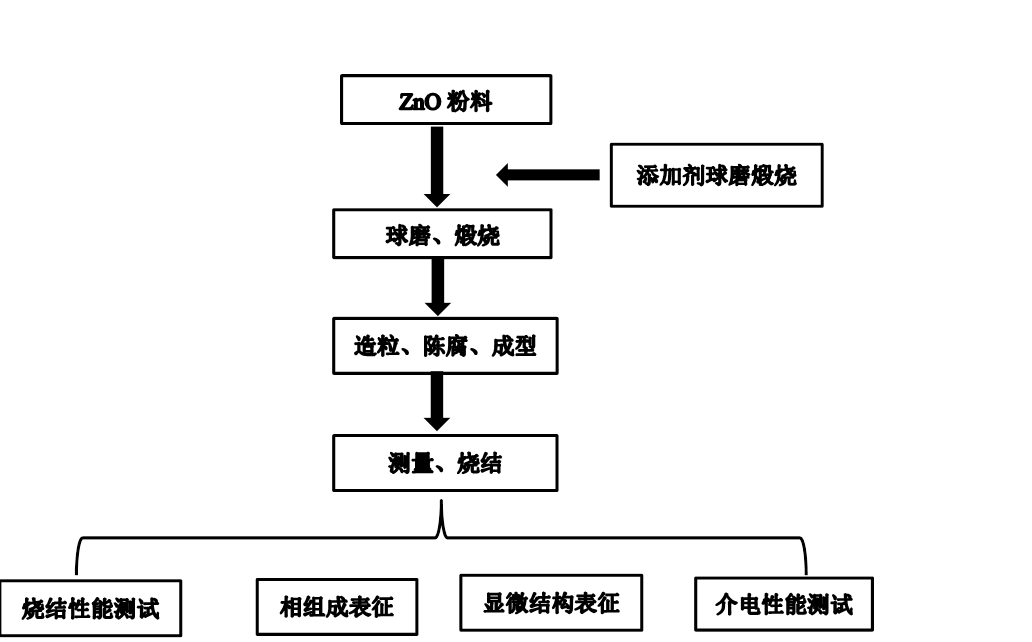
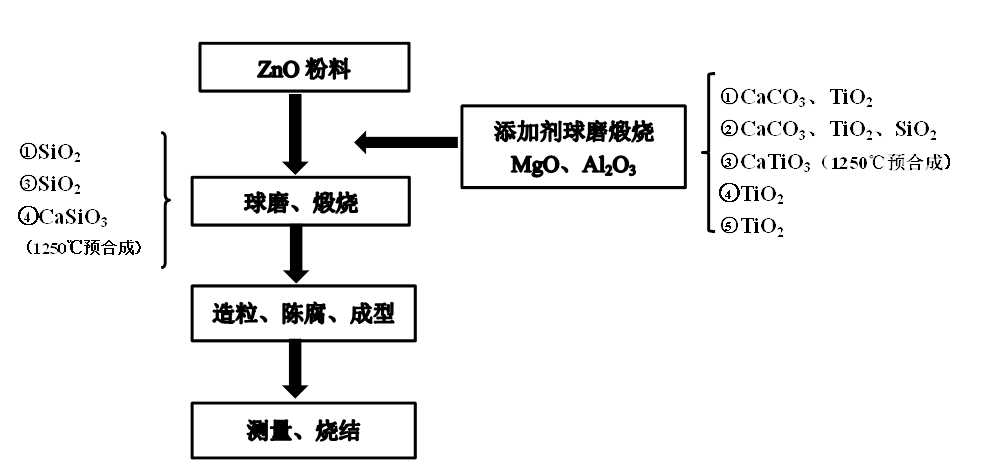
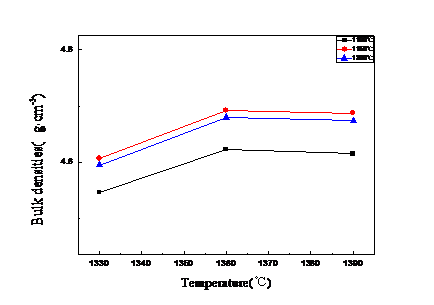
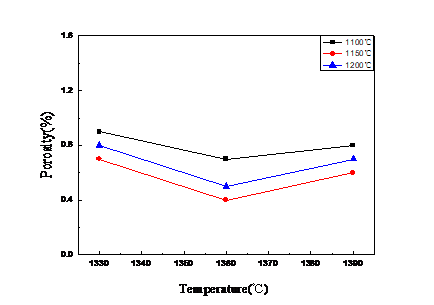
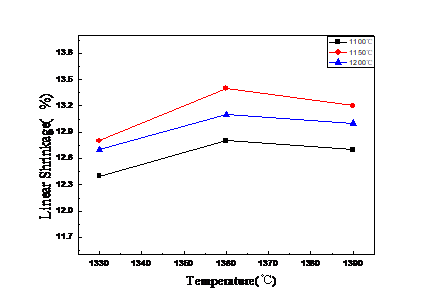
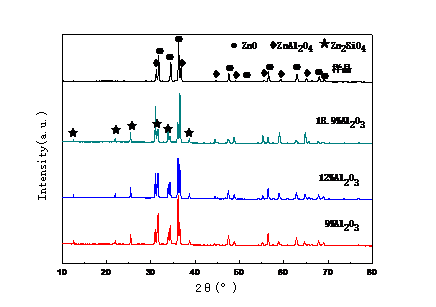
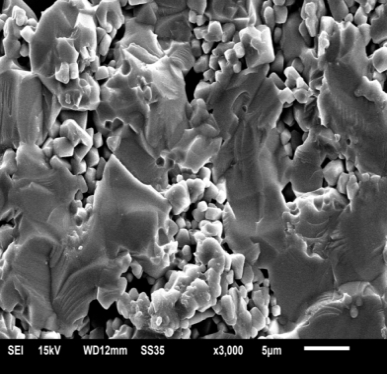
您可能感兴趣的文章
- 蒸养纤维掺杂高铁低钙水泥混凝土的抗海水冲磨性能研究文献综述
- TIPA对水泥-锂渣体系力学性能和水化性能的影响外文翻译资料
- TEA对锂渣-水泥复合粘结剂流变性能及水化性能的影响外文翻译资料
- 硫酸铝无碱液体促进剂的效果研究烷醇胺对硅酸盐水泥水化过程的影响外文翻译资料
- 新型C-A-S-H/PCE纳米复合材料:设计表征和对水泥水化的影响外文翻译资料
- 工业中碳捕获技术以及以水泥回转窑作为核心的吸附再生器外文翻译资料
- Ca/Al层状双氢氧化物的制备及其结构对水泥早期强度的影响外文翻译资料
- 蒸汽养护后混凝土养护方法对混凝土机械强度和透气性的影响外文翻译资料
- 含白云石或石灰石的偏高岭土水泥在相组成与抗压强度的异同外文翻译资料
- 与硅质铁尾矿结合的混凝土的耐久性外文翻译资料




